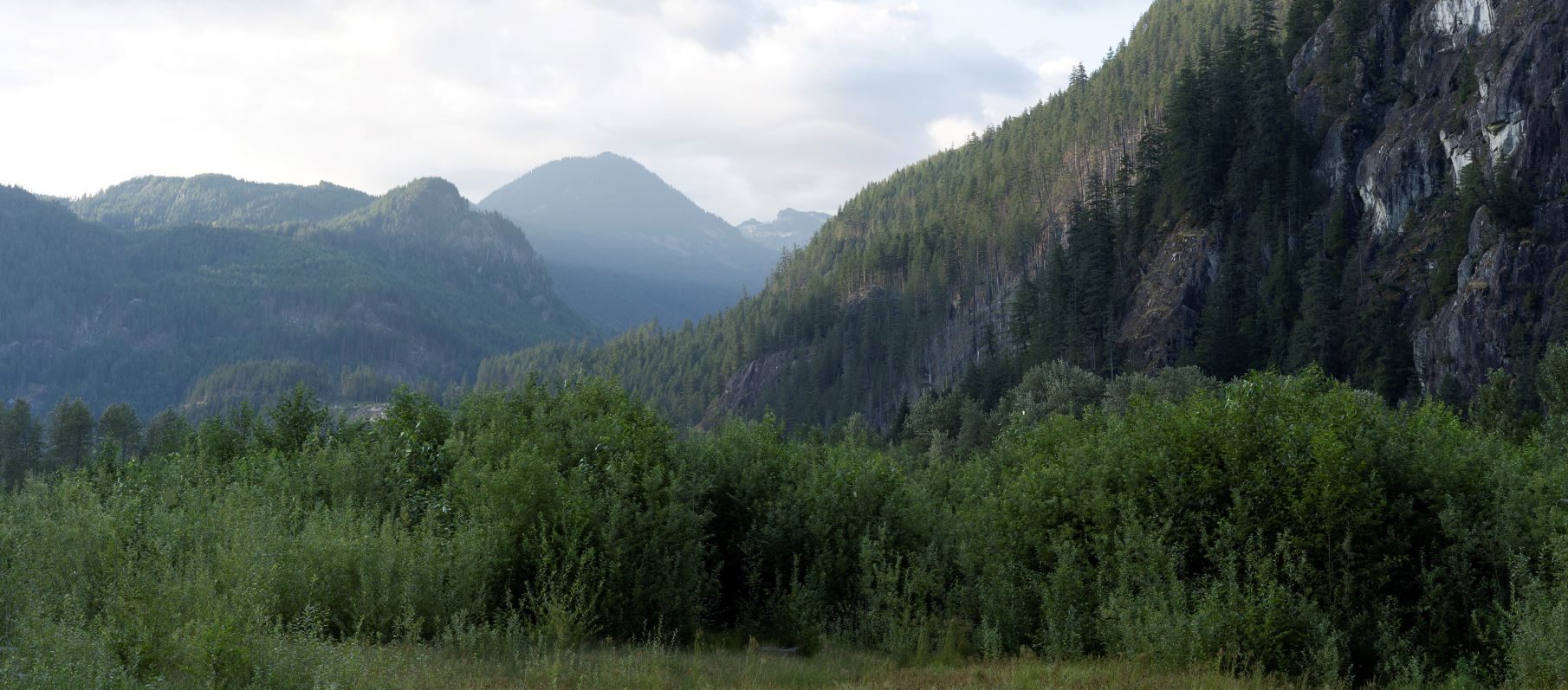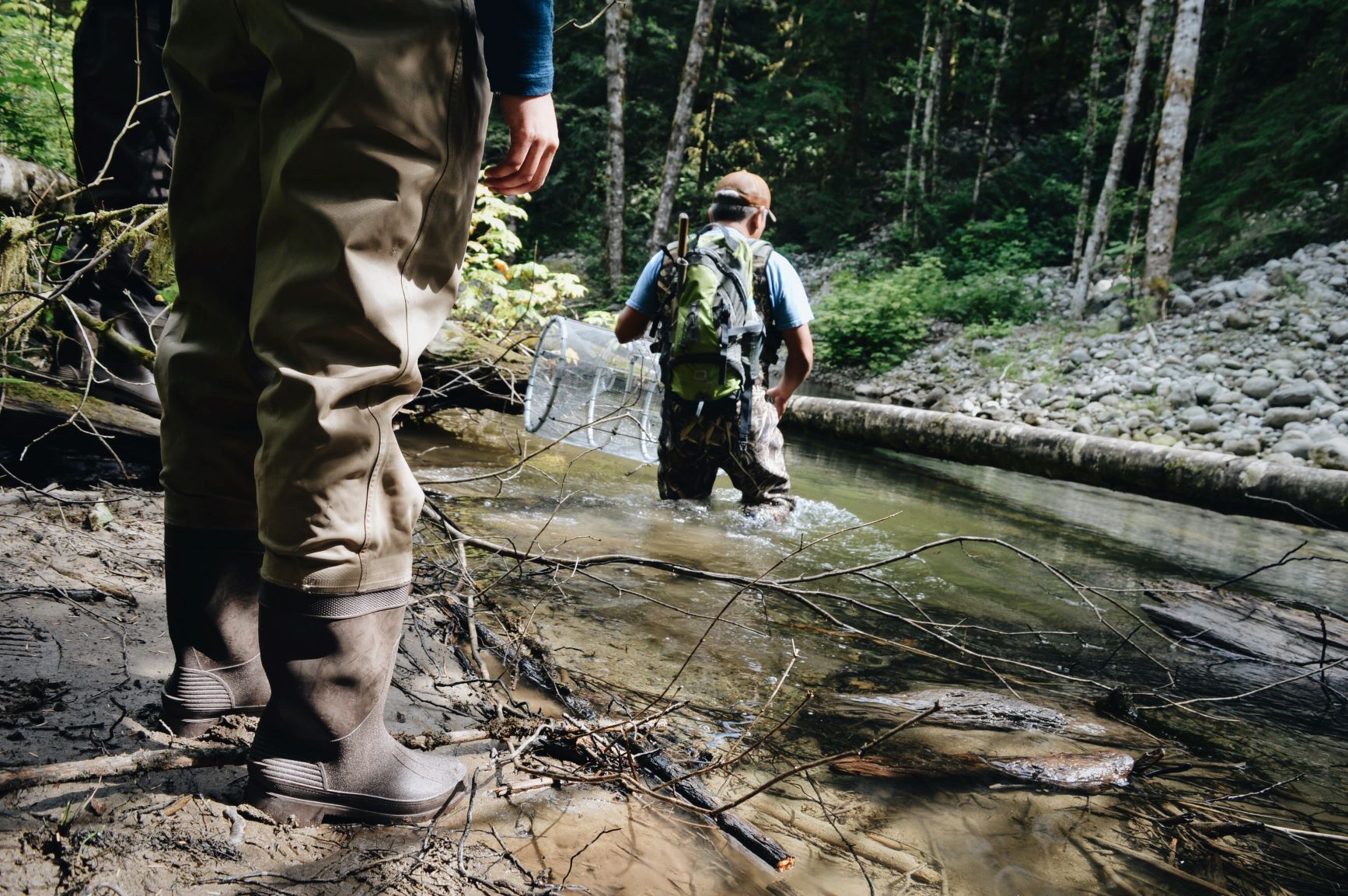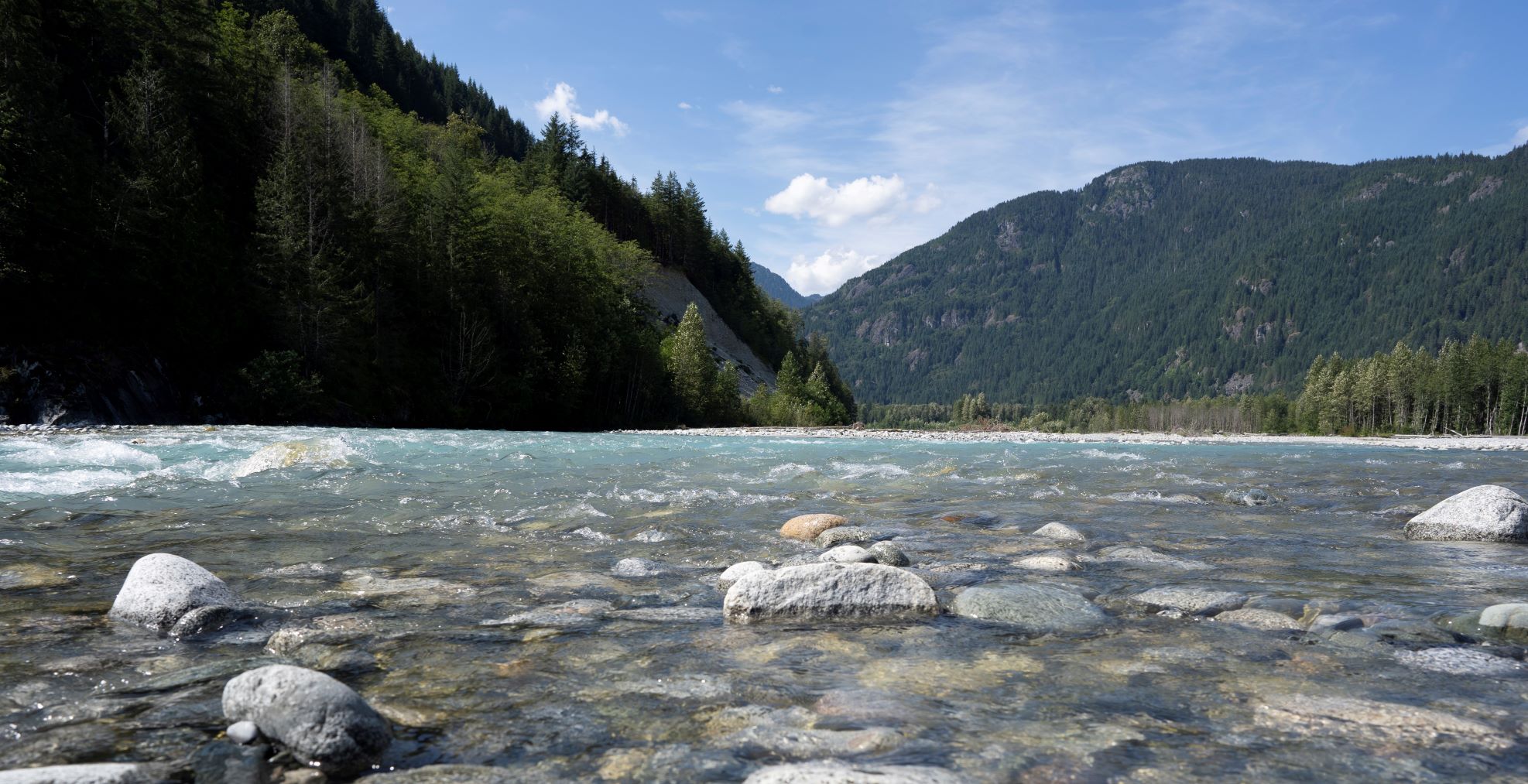Restoration efforts at specific sites are prioritized by Katzie First Nation and the team using a watershed-level approach. In parallel, environmental assessments and monitoring are underway to understand how these efforts are benefiting the watershed as a whole, and to inform future plans. This multi-year restoration initiative is one of the largest of its kind in British Columbia, increasing carbon sequestration in the watershed and benefiting not only salmon, but also birds, amphibians, beaver and elk.
While this work has vast benefits for nature, climate and people, it is driven by one primary goal: to help salmon thrive. “Every little creature matters,” Bailey says, “but for us, here, it’s always been about the salmon.” In addition to its cultural significance for the Katzie community, salmon play a key role in the food chain of the Lower Fraser River watershed — it’s a major food source for critically endangered Southern Resident killer whales, of which only 73 remain.
As this work is Nation-led, WWF-Canada is working with Katzie First Nation to identify and support training needs and opportunities for Katzie members. Community capacity building has included training in habitat restoration, soil carbon measurement and direct participation in restoration activities such as planting to revegetate riverbanks.




